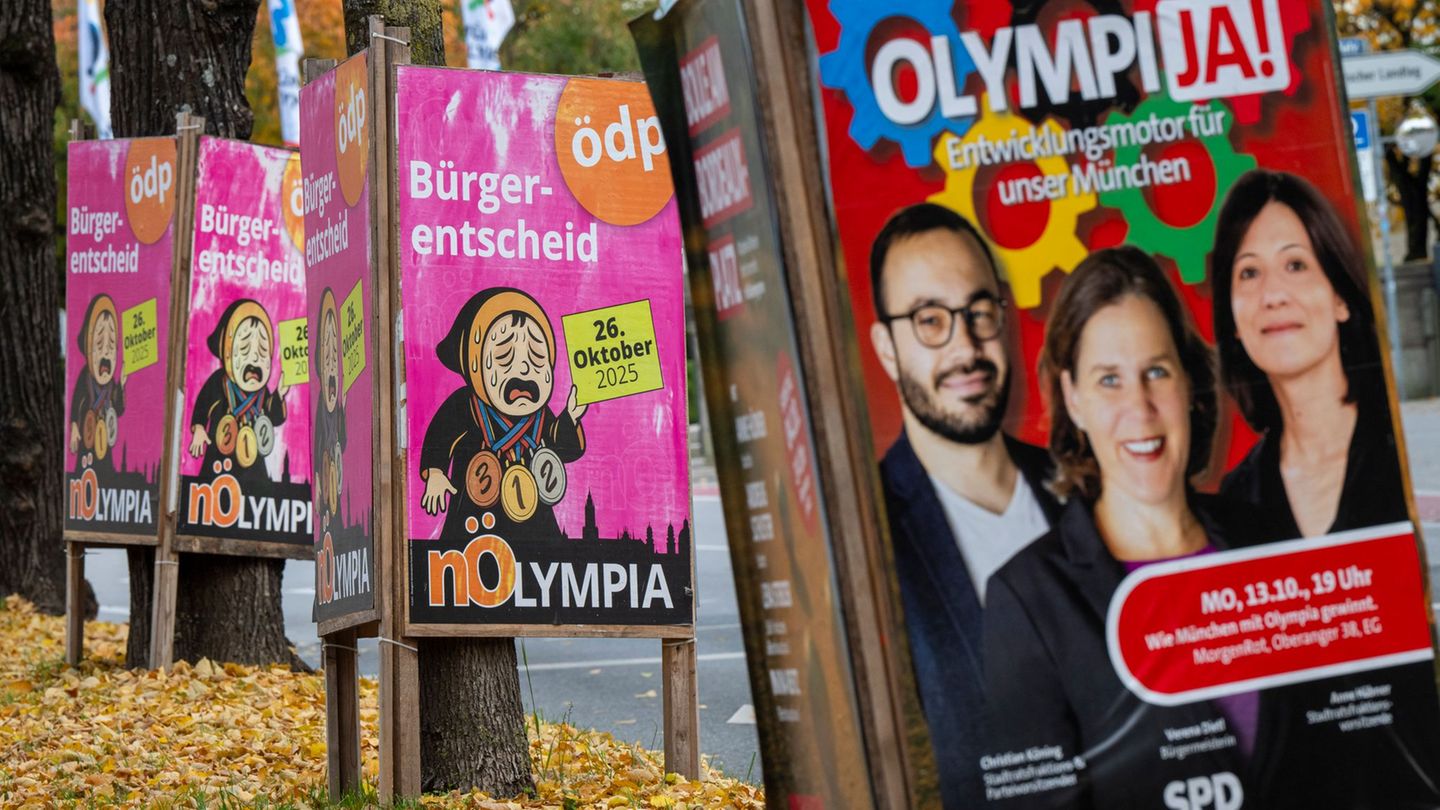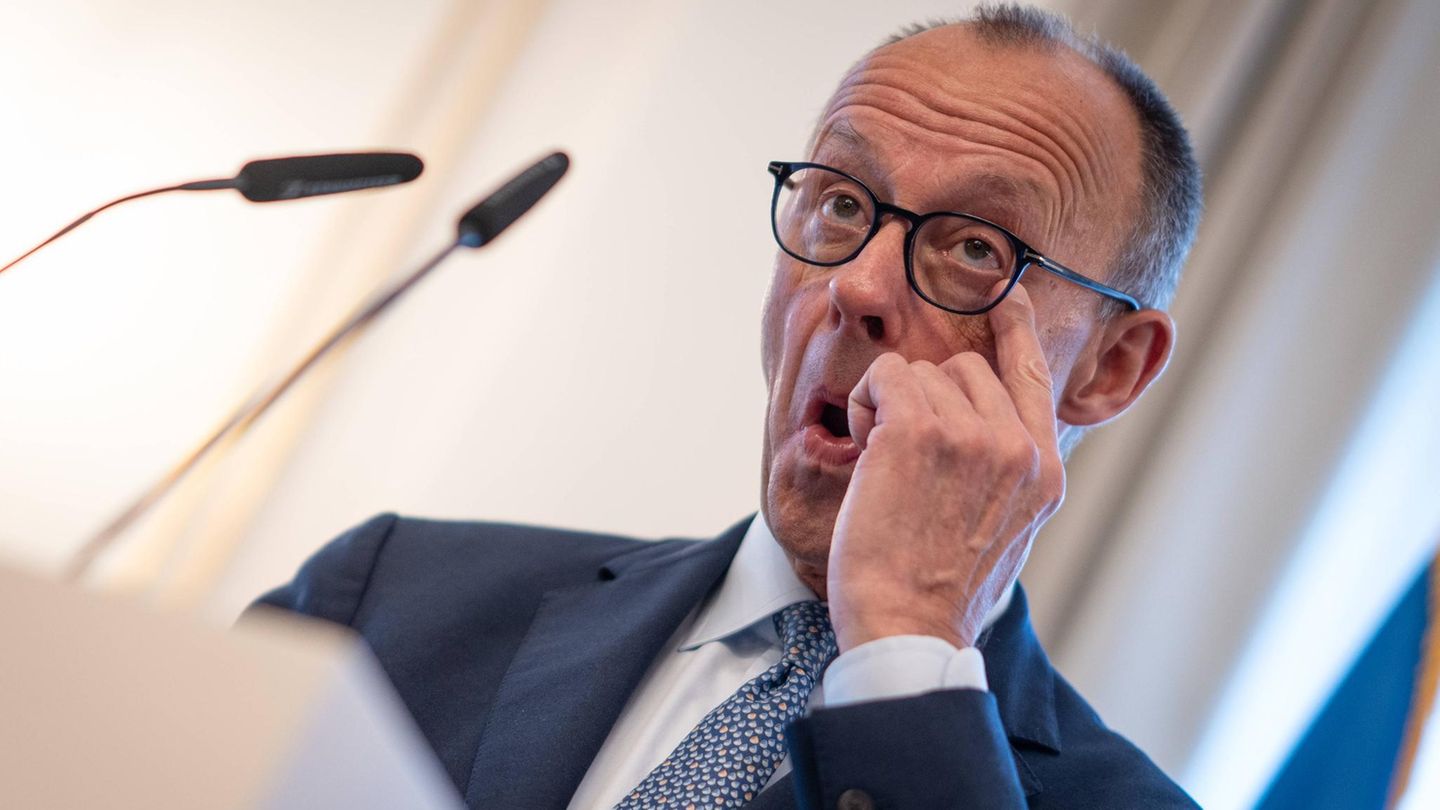From Black Thursday (last week) the world trembles. President Trump turned on the wick of a global commercial war that has already begun to charge victims: upward inflation, market collapse, extreme distrust and a global economy to the edge of stagflation. It is not fiction, nor a theoretical essay, it is the largest tariff rise in the US in more than a century, in the heart of a global system that depends – more than never – on the free flow of goods, services and capitals.
Trump was already president
Didn’t you know that since 1997 more than 90,000 factories closed in the US and 6 million industrial jobs were lost? – Did Trump ignore that the real salary in the manufacturing sector has been stagnant for more than 40 years? Trump’s reading is simplistic, the fault is from foreign products – in special Chinese – and Washington’s commercial permissiveness. His answer is, the biggest rise in tariffs in more than a century.
An uncommon look in the US
For Trump, China’s entry into WTO in 2001 was a historical error. The balance of the US trade balance exhibits gigantic deficits with its main commercial partners: China (-usd 295,000 m), European Union (-usd 235,800 m), Mexico (-usd 171,800 m), Japan (-usd 148.200 m), Vietnam (USD -123,400,000), Taiwan (USD -74.00.000) Korea (USD -67,400,000), Canada (USD -63,400,000), India (USD -47,600,000), among others.
However, to blame foreign trade is referring to “external restriction” in the American economy of the 21st century. The commercial deficit reflects an internal macroeconomic problem, imports exceed imports long. In US universities there are almost no subjects related to exports and their benefits. In addition, it is a country that saves little and spends a lot, with high fiscal deficit, currency printing and emission of extravagant titles, -according to the manuals of their own economists, graduates of American universities. The US now abbreviates the poison that supplied. Prioritize the financialization of the economy, the interests of Wall Street for 40 yearsusing the debt and lordship of its currency as a growth engine, without making the structural reforms that was paradoxically demanding to emerging countries. Giving 1% priority of the population has consequences on the rest of society. “Americans like to think of their country as a land of opportunities, an opinion that others largely share. But, although it is easy to think about examples of Americans who rose to the top by their own meanswhat really counts are statistics. ” (Stiglitz).
In addition, USA.It is an example of growth with twin deficits. Since 1982, the US maintained persistent deficits and its GDP per capita grew more than that of Germany or Japan. What promotes growth are not only commercial balances, but the deficit financed with a currency accepted by the world, productivity, innovation and macroeconomic stability.
Trump effect: inflation, recession and distrust
The new tariffs on suspense According to private estimates, this measure will add at least 2.2% inflation in 2025.
The impact does not end there. The WTO warned about a potential a 1% drop in world merchandise trade. JP Morgan rose the probability of a global recession from 40% to 60%. The fear of the reprisals that were unleashed, the disruption of supply chains and the coup to business trust generate an explosive combo. Remember that USA represents 25% of the world GDP growth rate-directly- and, otherwise indirectly
The markets reacted very badly: the treasure bonds collapsed and the shares as well. The world is disoriented and Argentina wobbles. American technology companies also suffer; Apple lost more than USD 700,000 million in stock capitalization value. Is observation understood now on November articles, where we said that Warren Buffet sold short and was made of 300,000 million dollars of liquidity? Today it would repurry with sidereal gains.
The Fed, at a crossroads
This is not a demand shock, such as those that allow the Federal Reserve to lower rates to sustain the economy. This is an offer shock, where costs raise, the production falls and prices upload. Lowering interest rates in this context could aggravate inflation, although it must be said that Americans are more concerned with consumption than price stability, inversely proportional to Europe. Therefore, although the market discounted 5 rate cuts, it is likely that the Fed acts more cautiously. Trump threatens to tighten the relationship with Jerome Powell-Chief of the Fed-. He already made it clear; His next great battle could be with the Federal Reserve.
And Argentina?
In this context, Argentina faces a more complicated global scenario:
- Key price drop: As we noticed before Donald Trump, oil, soybeans and copper already felt the impact.
- Less investments: In a volatile world, capitals seek “Flight to the Quality” refuge, no risk. Argentina with (900 BP) has 3 times the Risk country of Paraguay (300bp). Remember the Argentine risk, he is Argentine. Do not confuse with the crisis. When Argentina had 600bp, Paraguay had 145bp. It affects the most vulnerable. That is the sin of Milei-Caputo. Exposure to exogenous shock.
- A closed world: Just when the country needs to export to grow and accumulate reservations to reassure the IMF.
- Exchange pressure: Less dollars for exports and for investment, that the “almost nothing” investment of the Milei period could force together with the IMF, a chanted devaluation of the peso.
But there are also opportunities. This new more fragmented order forces to deepen Latin American relations, strengthen Mercosur and rethink the entrance to the BRICS. It is time to look at India, Japan and Southeast Asia, where the demand for food, energy and services grows.
The trade war that Trump unleashed shakes the world. It is a protectionist turn that is going to the economic theory that sold us and his puppies for 50 years. For the world, the greatest risk is not the recession; is that this new wave of protectionism weakens the basis of global growth for many years.
For Argentina, it is time to act with pragmatism, upload tariff barriers, take care of its domestic market and strengthen its competitiveness, also looking for new commercial partners. Chau USA because if the world closes as the US, the only way out is to anticipate and move intelligence.
The Trump-Vermos bet after the truce-, it can end up being one of the most expensive decisions of the last decades.
The 21st century demands bridges. Strategy, no impulsivity. Cooperation, no revenge.
While The world seeks to adapt to the “new world disorder”Argentina must choose between looking at the storm from the shore or rethinking its economy intelligently.
Because The story is clear, when protectionism wins, the open economy loses. And this time gains protectionism, if we slept the Argentine risk, just because of the aforementioned, the high degree of vulnerability offered by a indebted economy, open and with an appreciated exchange rate.
Director of Esperanza Foundation. Postgraduate professor at UBA and private universities. Master in International Economic Policy, Doctor of Political Science, author of six books.
Source: Ambito
David William is a talented author who has made a name for himself in the world of writing. He is a professional author who writes on a wide range of topics, from general interest to opinion news. David is currently working as a writer at 24 hours worlds where he brings his unique perspective and in-depth research to his articles, making them both informative and engaging.




